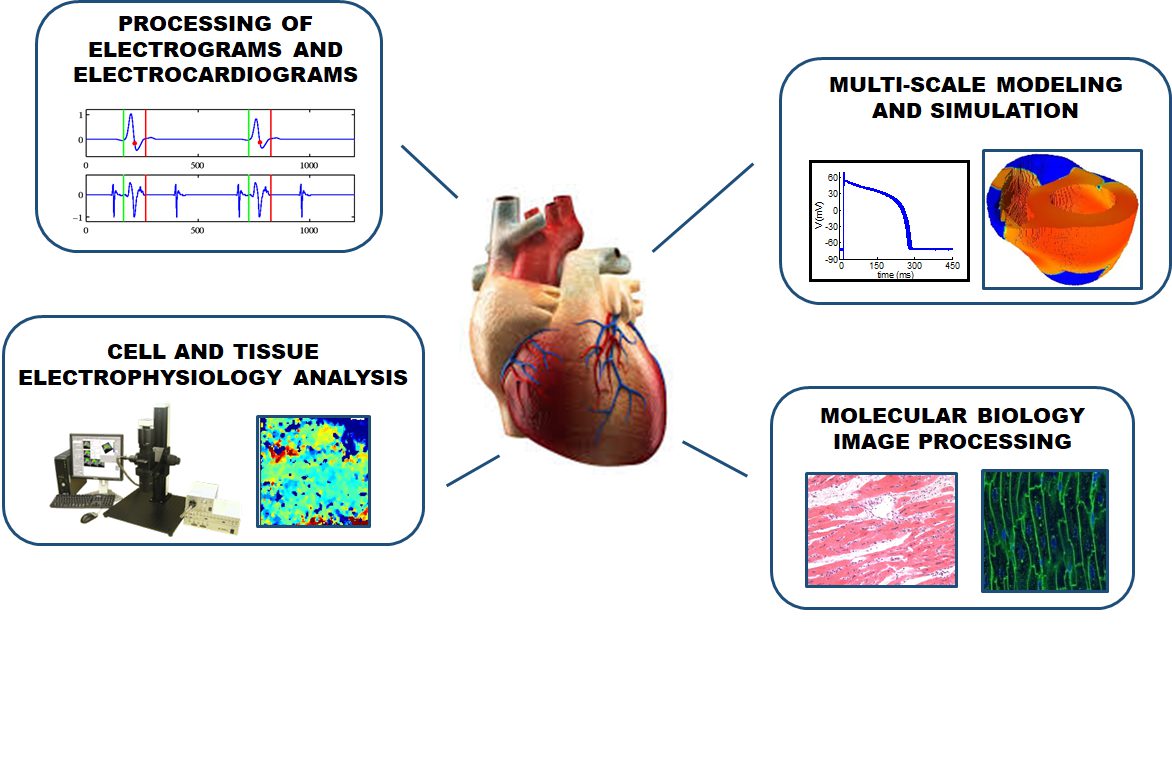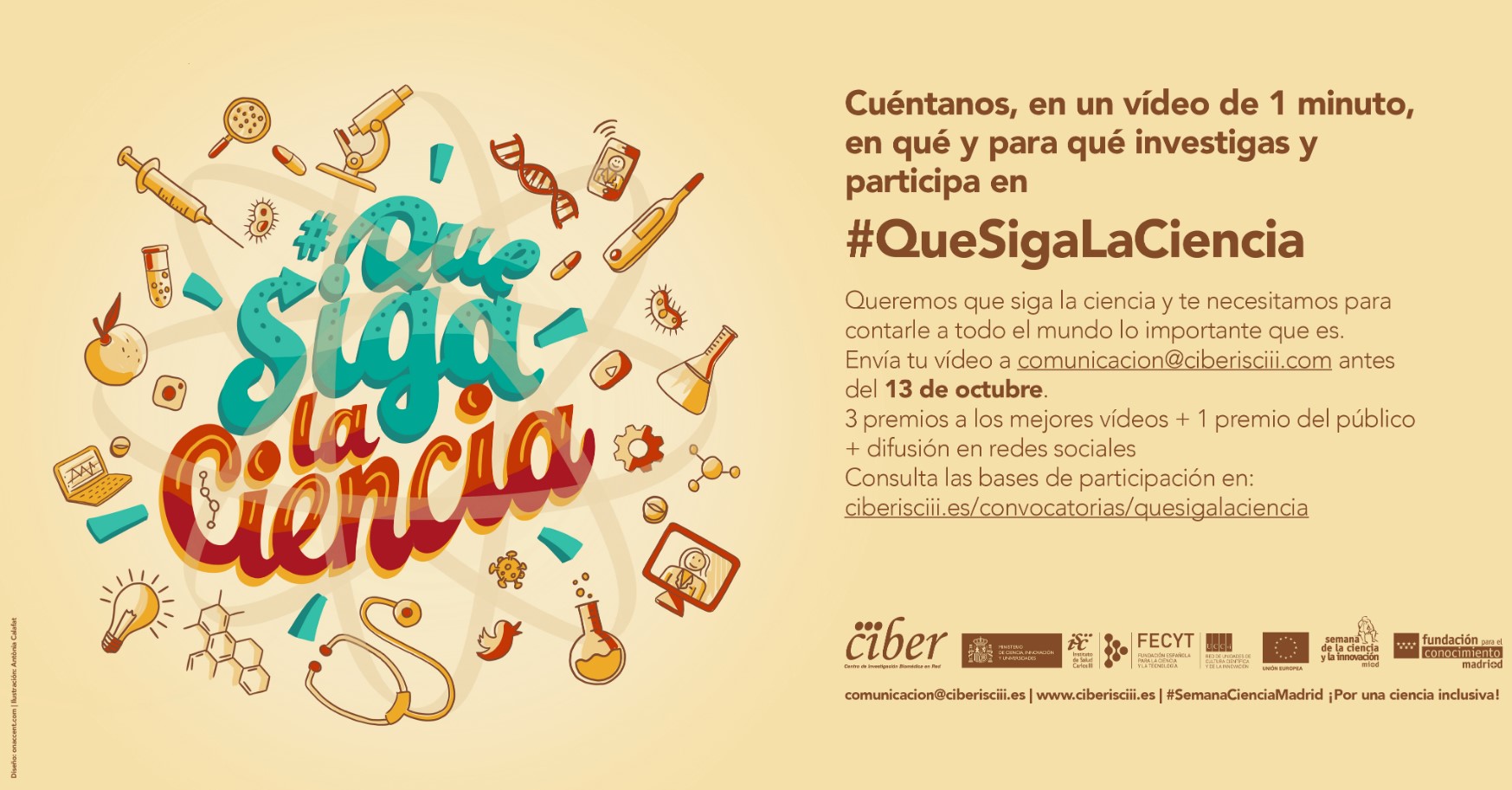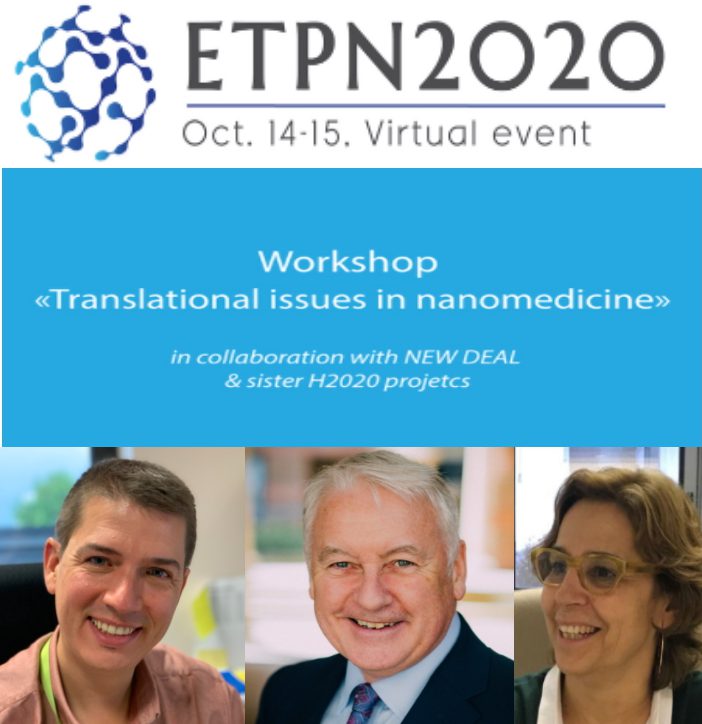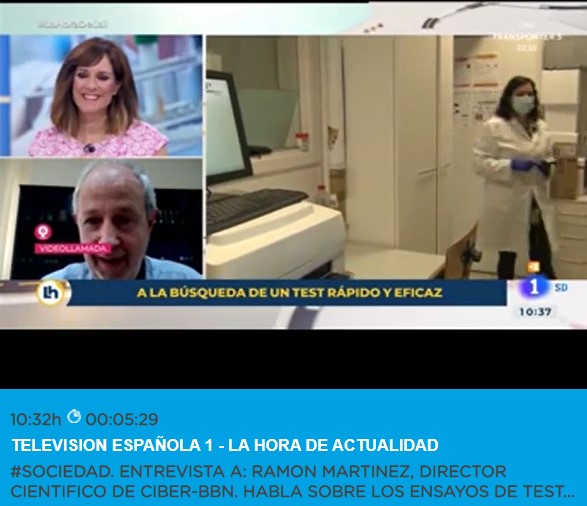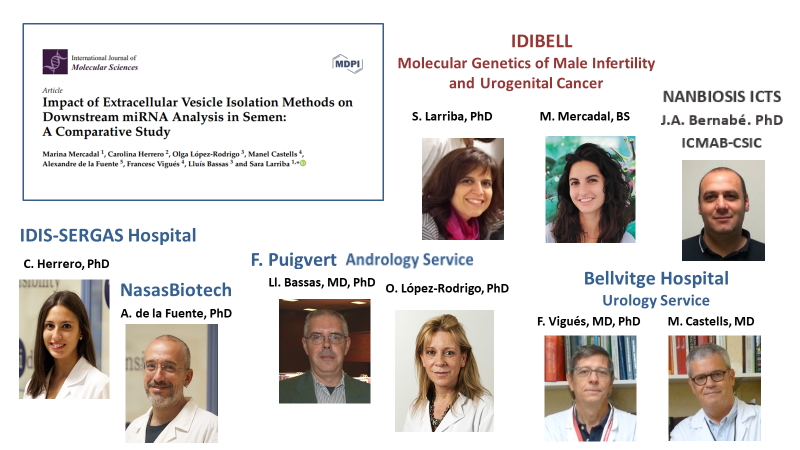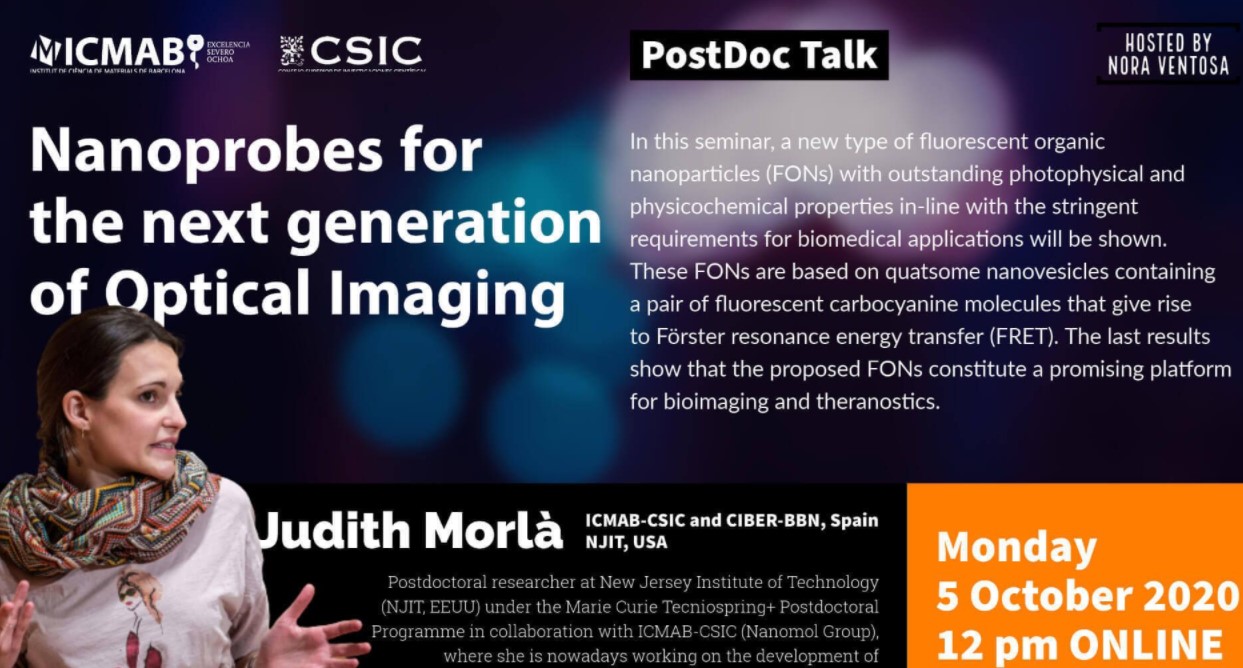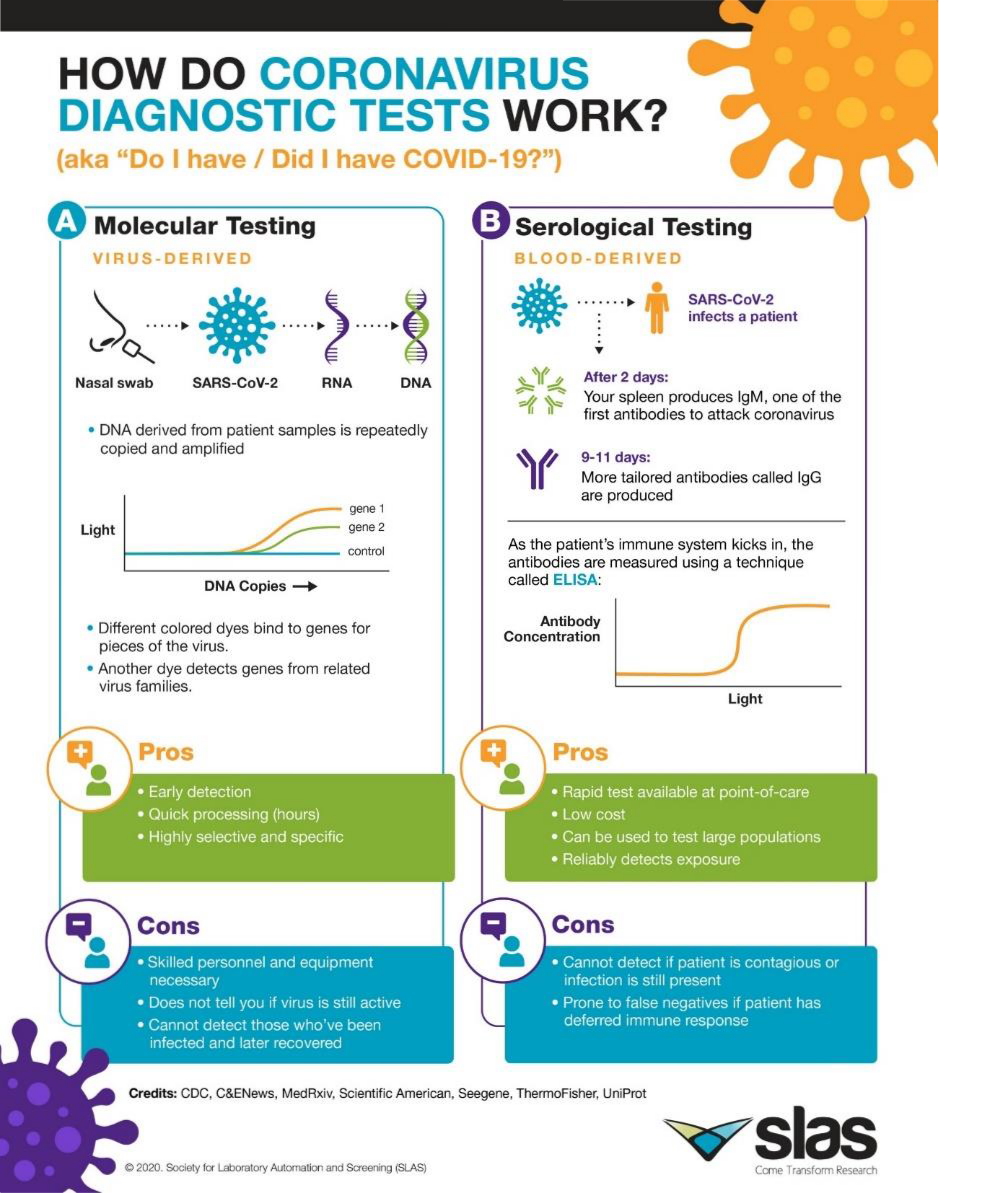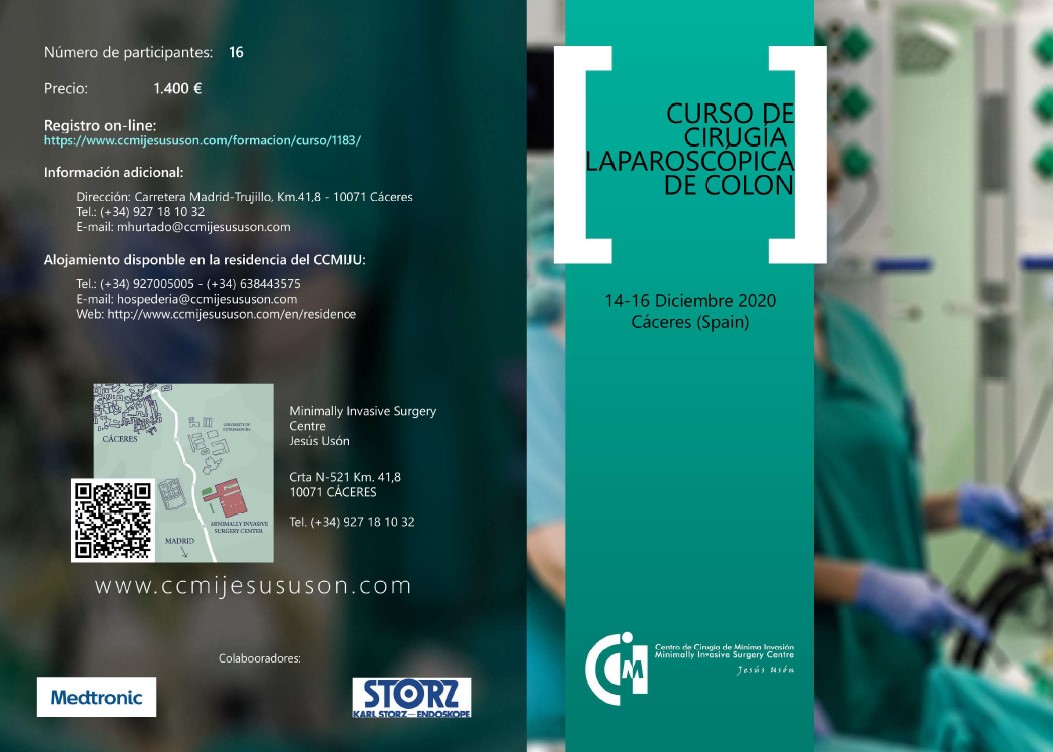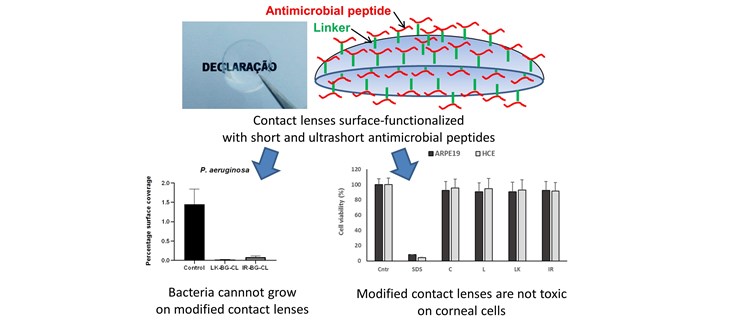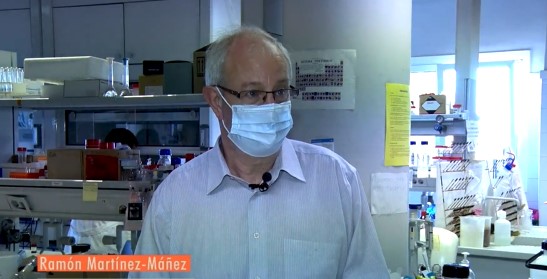Job offer: FULLY-FUNDED PhD FELLOWSHIP at the University of Zaragoza
BSICoS Group at I3A- University of Zaragoza –NANBIOSIS U27 High Performance Computing offer a FULLY-FUNDED PhD FELLOWSHIP
Applications must be submitted before October 27th, 2pm (Spain time).
Profile of the candidate:
Graduate/Master in Mathematics, Physics, Engineering or related disciplines.
PhD contract and topic:
A PhD contract (former FPI program) is offered for a PhD position at the Biomedical Signal Interpretation and Computational Simulation (BSICoS) group of the Aragón Institute of Engineering Research, University of Zaragoza.
The PhD thesis is associated with the research grant “Towards improved management of cardiovas-cular diseases by integrative in silico-in vitro-in vivo research into heart’s structure, function and autonomic regulation”, funded by Spanish Ministry of Science and Innovation, with reference PID2019-105674RB-I00.
As part of his/her PhD thesis, the candidate will work on some of the following lines:
- Processing of signals acquired by patch-clamp and optical mapping as well as electrograms and electrocardiograms.
- Incorporation into multi-scale computational models of the heart and the autonomic nerv-ous system of all the information extracted from the signals and from additional processing of histological images and molecular biology data.
- Development of numerical methods for simulation of cardiac activity.
- Application of artificial intelligence techniques for prediction of abnormalities in heart’s electrical behavior.
Procedure and deadline for application submission:
Interested candidates should submit an application through the electronic website of the Spanish Ministry of Science and Innovation: https://sede.micinn.gob.es/ayudaspredoctorales/
Application submission will be open from October 13th to October 27th, 2pm (Spain time).
Full details about the call:
Call for PhD fellowship
https://www.unizar.es/gobierno/vr_investigacion/sgi/doc/Convocatoriaayudascontratospredoctorales2020.pdf
Summary of the PhD fellowship program
https://www.unizar.es/gobierno/vr_investigacion/sgi/doc/ExtractoboeFPI.pdf
Additional information:
Although the candidate should submit his/her application through the electronic website of the Spanish Ministry of Science and Innovation, as indicated above, he/she is advised to send CV and academic transcripts by email to Esther Pueyo (epueyo@unizar.es).
For additional information, please contact Esther Pueyo (epueyo@unizar.es).
